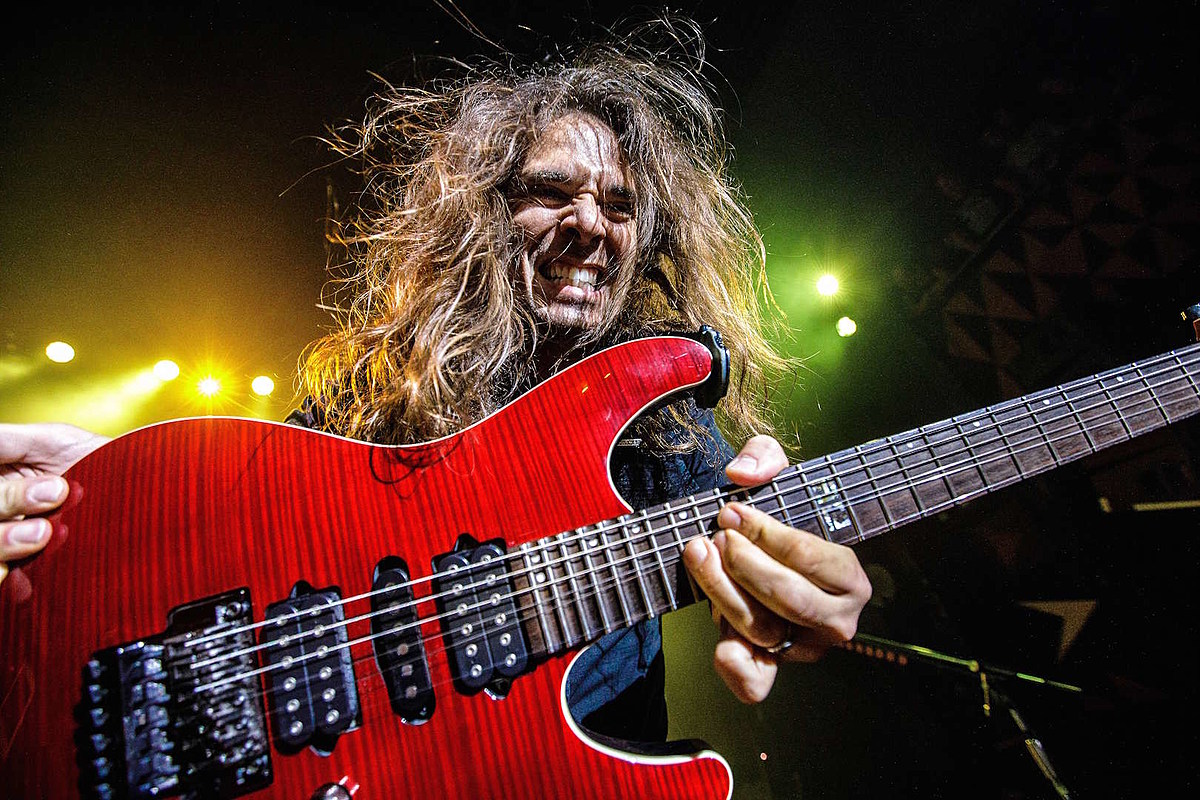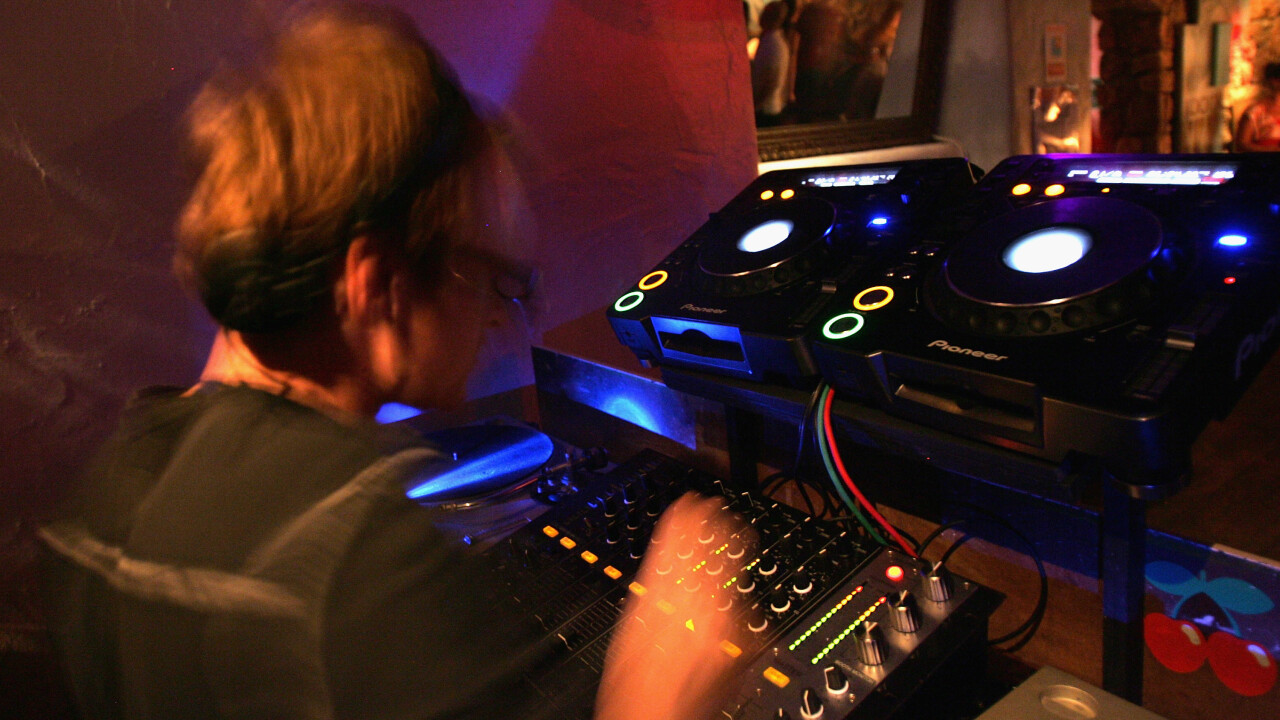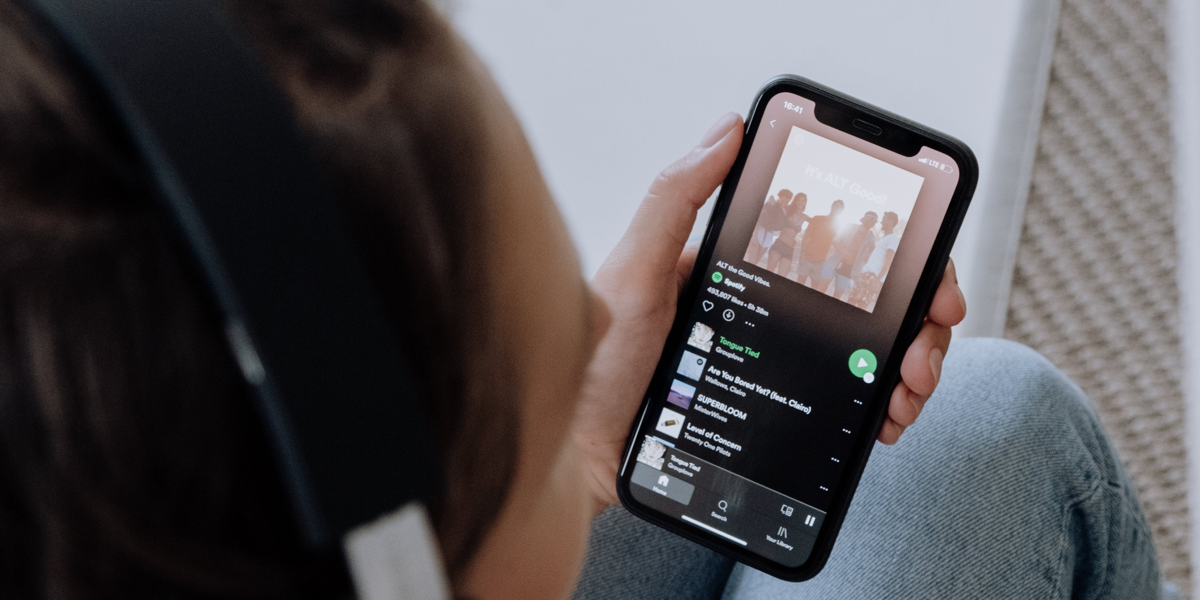Recorder Notes in Relation to Piano Notes

When a musical instrument is played we can hear sounds in the form of music. Musical instruments have unique sounds which are formed by playing notes, in varying ways. So what is a note? What is a Recorder and Piano? What are recorder notes in relation to piano notes? Let us explore.
A note is a sign in music. It tells the musician to do something on his or her musical instrument to produce a sound of the note name and note length as indicated on the sheet of music. The names of the musical notes are A B C D E F G which are the first seven letters of the alphabet and called the musical alphabet. The musical alphabet repeats itself for the note range of the musical instrument. Each of the note names are associated with flats and sharps eg A sharp and A flat, B sharp and B flat etc. Notes are given specific positions on a set of five lines called a stave to indicate which A or B or C etc to play.
Notes vary in the length of time they are sounded. They are given names which correspond to a number of beats or counts and they have different pictures. The first few note lengths which people learn and play are the crotchet ( 1 beat ), minim ( 2 beats ) and semibreve ( 4 beats ). And so if a two beat A is required then the picture of the minim will be placed on the stave in position of the A required.
Musicians learn the positions and note lengths whilst learning their instrument.
Now you need to understand what a recorder and piano are to understand the recorder notes in relation to piano notes. A recorder is a wind instrument in varying sizes made from wood or plastic. It is like a tube in two or three sections with a headpiece and shaped mouth hole at one end, a round open hole at the other end and holes. A recorder player creates a sound by closing their lips over the mouth hole and blowing air down the tube. Different sounds are made by pressing the finger tips or pads on the holes in various configurations called fingering, so that no air escapes from the required holes. For example, if a musician wants to play an A, then the fingering for one of the A’s is to place your left hand thumb on the thumb hole which is underneath, and the first two fingers on the top two holes on the upper side. The range of notes on a recorder is greater than two octaves. Music is written on the treble clef stave for most of the recorder sizes.
A piano is a keyboard instrument with black and white keys. A pianist produces a sound by pressing down on the keys in varying numbers. What happens is that the pressed down key or keys cause small hammer or hammers to hit tuned strings which cause vibrations and produce a sound. The lower the key the thicker the string. The black keys repeat themselves in groups of 2 and 3 for the entire length of the keyboard. The note names of A B C D E F G are positioned on the white keys in relation to the black keys eg all C’s are directly to the left of the group of two black keys, hence when you press this key down, the sound of C is produced.. A piano usually has around seven repetitions of A to G, called octaves. Music is written on a grand staff consisting of a treble staff joined to the bass staff below, by a line.
Let’s look at the recorder notes in relation to the piano notes.
1. Note names and note lengths are the same for both instruments.
2. Musical notes are written on the treble staff for most recorder types and piano. The piano also has notes written on the bass stave. And so the notes from most recorder types are equivalent to the notes played with the right hand on the piano. Hence most recorders use the treble clef and the piano uses the treble clef and bass clef.
3. The recorder has a smaller note range than the piano which is > 2 octaves compared to 7 octaves. And so all notes you play on the recorder can be played on the piano.
4. Both instruments are completely different in looks, size, production of sound and the actual sound you hear. Recorder sounds are produced when air vibrates down a recorder tube. You play different notes by pressing your finger tips on the holes in various configurations. Piano sounds are made when pressed down keys cause a hammer to strike a tuned string which vibrates. You play different notes by pressing down different keys with your finger tips
5. Loud and soft notes are formed differently between the two instruments. A loud sound is produced by blowing harder on the recorder or pressing more firmly on the keys of the piano. A soft sound is produced by blowing more gently on the recorder or pressing less firmly on the keys of the piano. However the markings on sheet music for loud and soft notes are the same for both instruments.
You now have an understanding of what a note is, what a recorder and piano is and that the notes on the recorder in relation to the piano have features which are the same and different.






